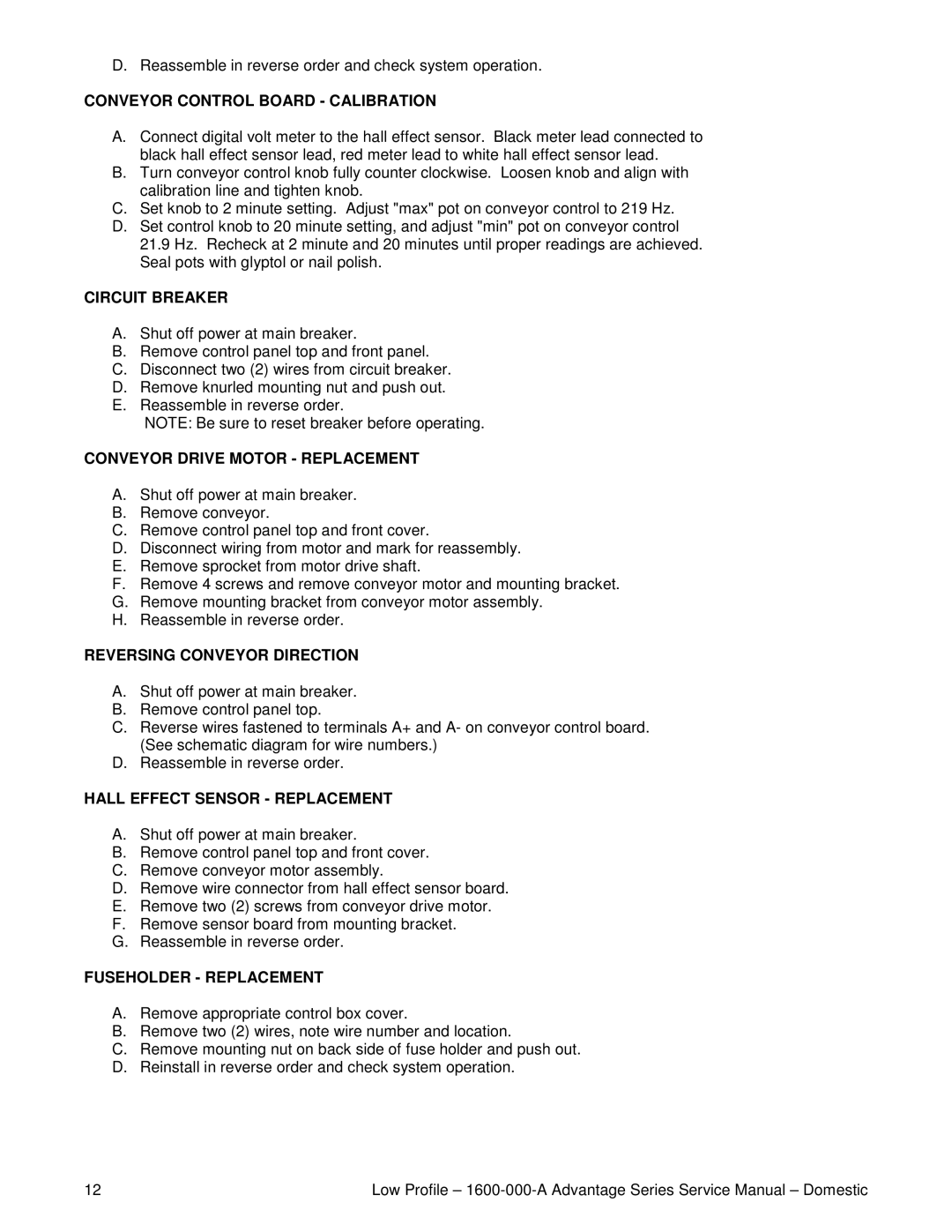1600 specifications
The Lincoln 1600, a remarkable offering from Lincoln Electric, stands as a testament to the company's commitment to excellence in welding technology. Designed for professionals and enthusiasts alike, this versatile welding machine boasts a range of features that cater to diverse welding applications.One of the standout characteristics of the Lincoln 1600 is its robust construction. Built with durability in mind, the machine is engineered to withstand demanding environments, making it a reliable choice for industrial, commercial, and DIY projects. Its compact design enhances portability, allowing welders to easily transport the unit to different job sites without compromising performance.
Equipped with advanced inverter technology, the Lincoln 1600 offers efficient power usage while delivering consistent welding output. The inverter technology not only enhances energy efficiency but also allows for a wider input voltage range, ensuring optimal performance regardless of the power supply available.
Another key feature is its user-friendly interface. The Lincoln 1600 comes with intuitive controls that simplify the setup process, making it accessible for both beginners and experienced welders. The clear display provides real-time feedback on voltage and amperage settings, allowing users to fine-tune their welding parameters for precise results.
The machine supports multiple welding processes, including MIG, TIG, and stick welding. This versatility makes it suitable for a variety of materials, including steel, aluminum, and more, expanding its range of applications. Furthermore, the Lincoln 1600 is compatible with a selection of welding wires and electrodes, giving users the flexibility to choose the best consumables for their projects.
Safety features are also prominent in the Lincoln 1600. The machine is equipped with overcurrent protection and thermal overload shutdown, protecting both the welder and the equipment from damage due to excessive heat or electrical load. These safety measures ensure that users can work confidently, knowing they are safeguarded during operation.
In conclusion, the Lincoln 1600 combines robust construction, advanced technology, and user-centric design to deliver a top-tier welding experience. Its adaptability across multiple welding processes and materials, complemented by essential safety features, positions it as an invaluable tool for anyone serious about welding. Whether for professional or personal use, the Lincoln 1600 is a machine that promises reliability and performance, making it a worthy addition to any welder's arsenal.
